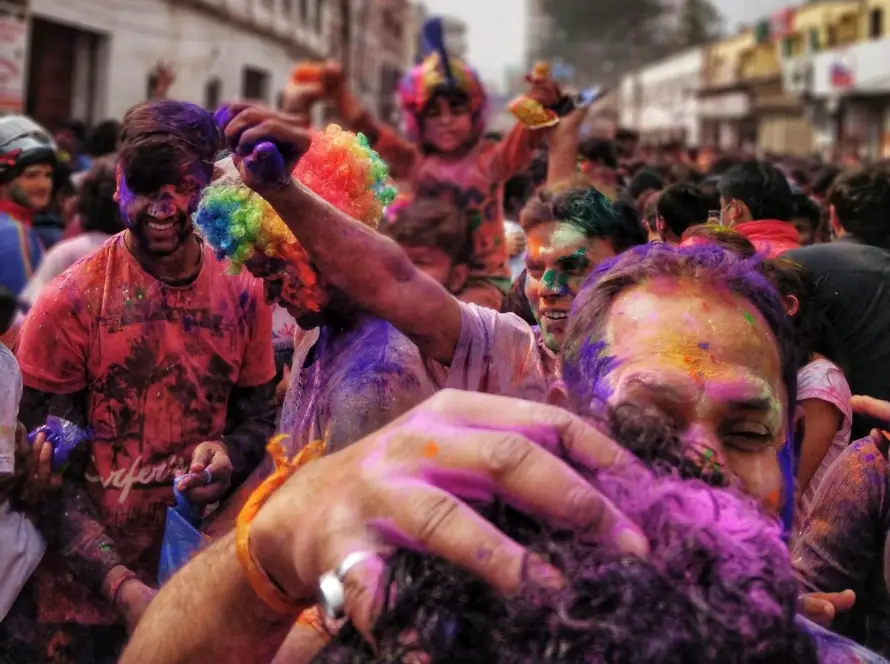Generated by Contentify AI

Indian music and dance forms have a rich history that dates back thousands of years. The evolution of these art forms mirrors the diverse cultural tapestry of India, with each region contributing unique styles and expressions. From the classical dance forms like Bharatanatyam, Kathak, and Odissi to the folk traditions of Bhangra, Garba, and Kathakali, Indian music and dance have captivated audiences worldwide with their intricate movements, mesmerizing rhythms, and emotional storytelling.
One of the most fascinating aspects of Indian music and dance is how they have adapted and incorporated influences from various cultures over the centuries. From the Persian and Mughal invasions to British colonial rule, these art forms have absorbed external influences while maintaining their distinct identity. This synthesis of styles and techniques has resulted in a dynamic and continuously evolving art form that continues to push boundaries and inspire new generations of artists.
Today, Indian music and dance have transcended geographical boundaries and are celebrated on global stages. From Bollywood dance routines that merge traditional moves with modern influences to fusion music collaborations that blend classical ragas with contemporary beats, the evolution of Indian music and dance forms continues to be a source of innovation and creativity. As artists explore new avenues for expression and reinterpret age-old traditions, the legacy of Indian music and dance remains a vibrant and integral part of the cultural fabric of India and the world.


